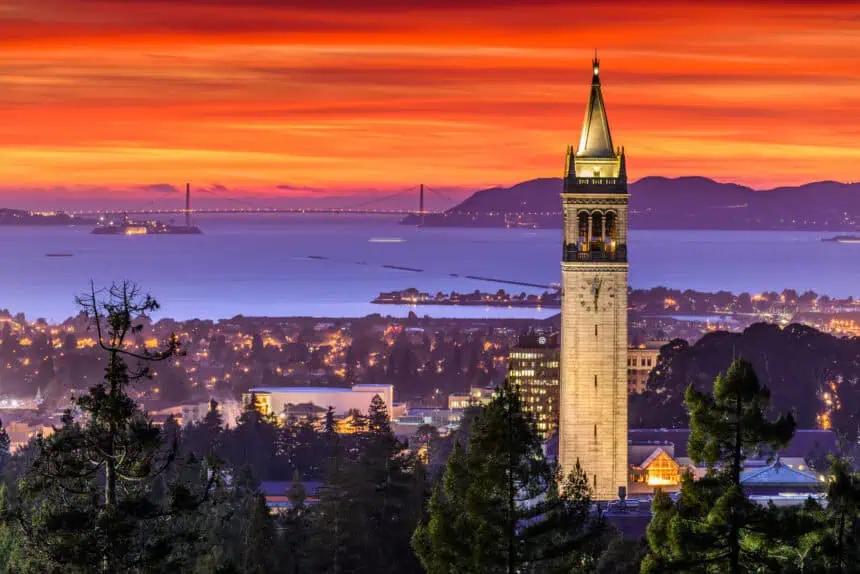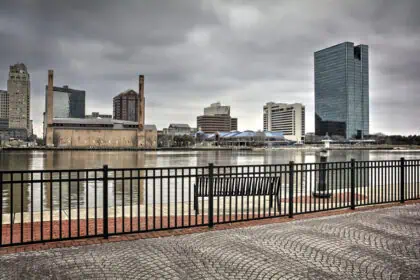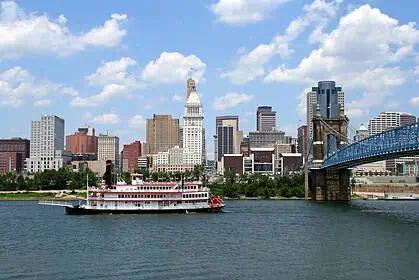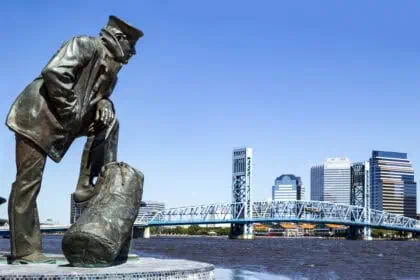While much of the United States is enduring scorching heat, Berkeley is experiencing its coldest summer in over 25 years. According to the National Weather Service, temperatures across the Bay Area in June and July have been well below normal, making this season the coolest since 1999.
In sharp contrast to the heatwaves hitting large swaths of California and the country, the East Bay remains stubbornly cool, wrapped in thick marine fog and steady ocean breezes, caused by a stationary atmospheric pattern off the coast.
On a breezy but sunlit Wednesday afternoon, J.C. Riley took a walk through Ohlone Park around 3 p.m., guided by a quick KCBS Radio weather update. Normally an early riser, Riley hasn’t ventured out between 6 and 7 a.m. since early June.
“It’s been so decidedly cold that it’s just not the weather I want to be out in,” she said.
Wearing a red jacket layered over a sweater, Riley, in her 80s, doubled her clothing to fight the morning chill. “It just seems odd,” she added.
Not far away, Xanthe Miller was stretched out on the grass, soaking up rare sunlight while reading a book. A fan of warmer weather, Miller admitted she’s spent far more time indoors than expected this summer.
“I was really hoping for a warmer summer, but I haven’t gotten it,” she said. “It’s been really cold and windy.”
An aerial view of San Pablo Park captured its basketball courts and grassy fields sitting quietly under a blanket of coastal fog, a scene that’s become a daily reality for Berkeley.
Rick Canepa, meteorologist at the National Weather Service office in Monterey, said the lingering chill is thanks to a “consistent combination” of upper-level troughs and northwest winds from the ocean.
In simple terms: cold air above, cold ocean below, and a steady breeze in between. In Berkeley, that wind typically picks up by late morning, drawing in fog and cool, damp air from the Pacific—a sort of natural AC that hasn’t turned off all summer.
Daniel Swain, climate scientist at the California Institute for Water Resources, explained during a recent presentation that strong northwest winds push warm surface water away from the California coast, causing cold water to rise. That upwelling, he said, is largely behind the persistent chill.
“This week has been especially cool not just for the Bay Area, but across much of California,” Swain noted. “People who’ve lived here for less than 20 years may never have experienced a summer start quite like this.”
That’s true for Sahil Shah, who moved to Berkeley from Texas four years ago.
“I carry a jacket everywhere,” Shah said, while walking his dog in Ohlone Park, dressed in a black Nike sweater, a cap, and green sweatpants. He had envisioned short sleeves and summer clothes, not layers.
Just last year, the statewide average temperature in July reached a record 81.5°F (27.5°C), surpassing 2021’s 79.8°F (26.6°C). Forecasts for this summer had also predicted higher-than-average heat, particularly from July to September.
Swain acknowledged that those models were likely off the mark, at least for now. But he added, “I’m not convinced they won’t still be right a month from now.”
He expects the upwelling effect to weaken soon, allowing for warmer weather in August and September.
“I still think we’re going to see that unusual warmth along the coast,” Swain said. “But clearly, it’s taking longer to show up.”
Meanwhile, residents like Shah are counting the days. He said this is the first summer he’s ever dealt with congestion, sore throats, and headaches, symptoms he attributes to the constant dampness. His wife has even developed new allergies and migraines.
“June was the worst,” he said. “And July is definitely worse than last year.”











